ODA transport projects show bad records
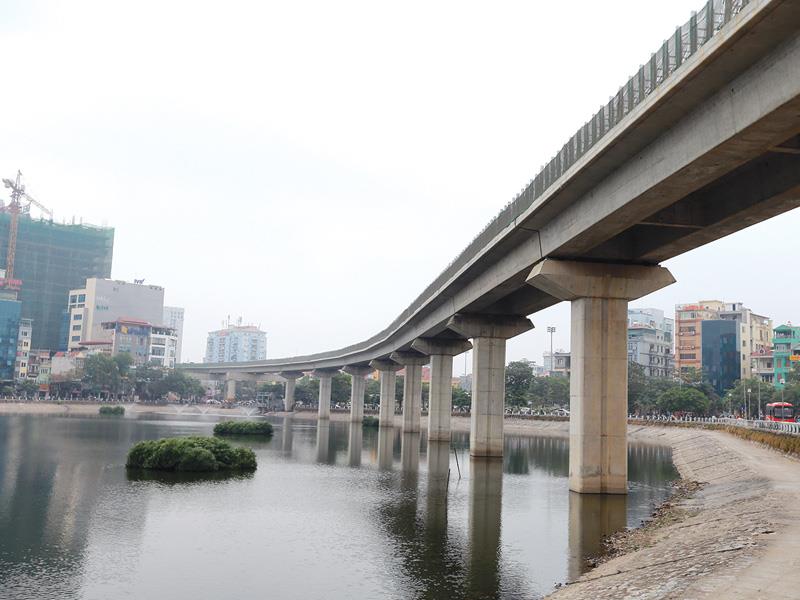 |
|
The Cat Linh-Ha Dong urban railway project was allocated more than planned, but disbursement was slower due to legal procedures |
Scarce allocated capital and slow disbursement
The Mai Dich-Nam Thang Long viaduct project will break ground before December 25, 2017. Duong Viet Roan, director of the Thang Long Project Management Unit under the Ministry of Transportation (MoT) said that construction units proposed to break ground sooner than the terms of the contract in order to speed up the cutting and removal of trees on Pham Van Dong Road.
Earlier, the Thang Long Project Management Unit has handed over two main construction and installation bidding packages of the Japanese ODA project to the Sumitomo-Cienco4 joint venture (the first package, with a winning bid of $63.6 million) and Tokyu-Taisei (the second package, with a winning bid of $53.2 million).
If this project cannot break ground on schedule, 2017 will set a ten-year record in the smallest number of works launched by MoT using ODA capital.
Up to now, the construction of Thinh Long Bridge crossing the Ninh Co River (a coastal road in Nam Dinh province) also managed by the Thang Long Project Management Unit using preferential loans from the Korean Economic Development Co-operation Fund (EDCF), is the only new project launched in 2017.
Not only is it rare for new projects to be launched, the disbursement at almost all ODA transport projects have fallen short of the goals set forth in 2017. According to statistics of MoT, ODA transport projects have been allocated VND29.086 trillion ($1.28 billion), including $1.09 billion of foreign capital and $0.19 billion reciprocal capital.
However, 20 projects under MoT using preferential loans from seven donors have only disbursed $843.3 million in 2017, reaching only 66 per cent of the plan.
There are two disbursement paradoxes taking place in ODA transport projects: First, projects were allocated much, but only saw slow disbursement compared to the plans due to legal procedures. Such projects include Cat Linh-Hadong urban railway and the Road Asset Management Vietnam project, among others. Additionally, there were a number of projects that implemented the bidding slowly, such as the Greater Mekong Subregion transport network improvement project or the Mai Dich-Nam Thang Long viaduct project.
Second, allocation falling below construction capacity caused slow progress at key highway projects. At the Ben Luc-Long Thanh Highway project, the disbursed amount of the whole work reached 70 per cent of the 2017 plan ($114.7 out of $166 million), but was 5 per cent slower than initially planned due to the slow allocation of reciprocal capital compared to the plan.
Reduced prospects for new projects
According to MoT, the allocated ODA capital’s falling short of the demand has caused many difficulties and obstacles during implementation. The reciprocal capital of Line 1 of Hanoi urban railway project (Yen Vien-Ngoc Hoi) is too little, about $0.35 million, while expected demand is $15.4 million in 2017, leading to slow land clearance and related works.
At the Ben Thanh-Suoi Tien Metro project, $111.17 out of the planned $106.33 million was disbursed, equivalent to 104.5 per cent, in 2017, including VND500 billion ($21.9 million) advanced amount from the Ho Chi Minh City People’s Committee.
According to data from the Ho Chi Minh City Urban Rail Management Board, until November 2017, the allocated ODA capital met 36 per cent of the demand. In 2017, Metroline No.1 needs more than $237.4 million, while it was allocated only $92.3 million.
In the mid-term plan for 2016-2020, the stateneeds to disburse $923 million, while Ho Chi Minh City has just received approximately $330 million.
“The payment of the bidding package is rather difficult because the State Treasury of Ho Chi Minh City has stopped confirming payment documents for the projects because the ODA capital raised to fund Ho Chi Minh City Urban Rail Management Unit has exceeded the plan,” Deputy Minister of Transport Nguyen Ngoc Dong said.
“It raises the risk of causing undue difficulties contrary to the Vietnamese government’s commitments to donors, potentially resulting in compensation claims,” he said.
The big concern of MoT is that it will be hard to sign new credit agreements—meaning fewer new projects—in the next years.
As of early December 2017, strengthening transport linkages in the Central Highlands project (upgrading National Highway No.19) using a $150-million loan from the World Bank is the only new project that has signed a credit agreement in 2017.
MoT changed the investment form of several projects, such as the Huu Nghi-Chi Lang section of the Hanoi-Lang Son Expressway project, from ODA loans to build-operate-transfer (BOT) format.
Based on this, Deputy Minister Dong confirmed that the mid-term public investment plan for 2016-2020 allocates MoT less than the existing demand, making it very difficult to attract more ODA capital and preferential loans.
Moreover, ODA attraction through signing new agreements is hard as the public debt approaches the ceiling set in Resolution No.10/2011/ND-QH13 of the National Assembly.
“The government needs an ODA and preferential loans attraction plan in conformity with national finance balance for specific sectors, then MoT will proactively build a capital attraction plan from donors,” MoT proposed.
| HCM City plans 7 infrastructure projects
Upgrading old buildings and relocating households living near canals are among the major projects that HCM City aims to carry out now and in the near future, according to city authorities. |
| PM issues ultimatum to speed up ODA projects
The Vietnamese government has lost patience over the slow disbursement of official development assistance (ODA) for several projects and the prime minister had to issue an ultimatum to speed up disbursement or risk losing this important capital source. |
| City seeks more funding sources for infrastructure projects
An additional VNĐ20 trillion (US$883 million) needed for infrastructure projects by 2020 will have to come from the city budget as well as from private sources, as disbursement of state budget funds remains slow, the deputy chairman of the city’s People’s Committee, Trần Vĩnh Tuyến, has said. |
| HCM City promotes key transport projects
The city has recently called for private investment under the public-private partnership (PPP) model to kick off several key transport infrastructure projects under in the context of a limited State budget amid increasing transport demand. |
| ODA projects badly need reciprocal capital
At a recent meeting between the ministries of transport and finance as well as the State Bank of Vietnam and Government Office, seven urgent transport projects funded by official development assistance will see capital injections totalling VND2-2.5 trillion ($95-$119 million) in 2014’s first round of advancing reciprocal capital for projects, probably soon after April 30. |
| Disbursement on ODA projects to be stepped up
Ministries, branches and localities should strictly implement works on nine World Bank-funded projects while pledging to promptly make disbursement for the projects, bringing them out of the slow-disbursement list by 2012. |
What the stars mean:
★ Poor ★ ★ Promising ★★★ Good ★★★★ Very good ★★★★★ Exceptional
Latest News
More News
- VinFast looks to long term with operational roadmap (March 12, 2025 | 15:32)
- Ho Chi Minh City looks to develop potential of Saigon River (March 12, 2025 | 13:34)
- Ho Chi Minh City International Financial Centre to be built in Thu Thiem New Urban Area (March 12, 2025 | 10:59)
- Singapore's YCH Group eyes investment opportunities in Lien Chieu Port (March 11, 2025 | 16:06)
- Trung Nguyen Legend breaks ground on Southeast Asia’s largest coffee factory in Buon Ma Thuot (March 11, 2025 | 14:51)
- Localities roll up sleeves to spur investment progress (March 11, 2025 | 11:17)
- Mekong Capital invests in TNH Hospital Group (March 10, 2025 | 14:36)
- Ho Chi Minh City Metro Line 1 officially inaugurated (March 10, 2025 | 14:15)
- Koreans investing across crucial sectors (March 10, 2025 | 09:06)
- FDI flows to Ho Chi Minh City hit $365 million in first two months (March 07, 2025 | 17:42)


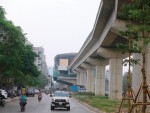

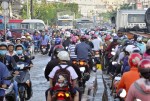


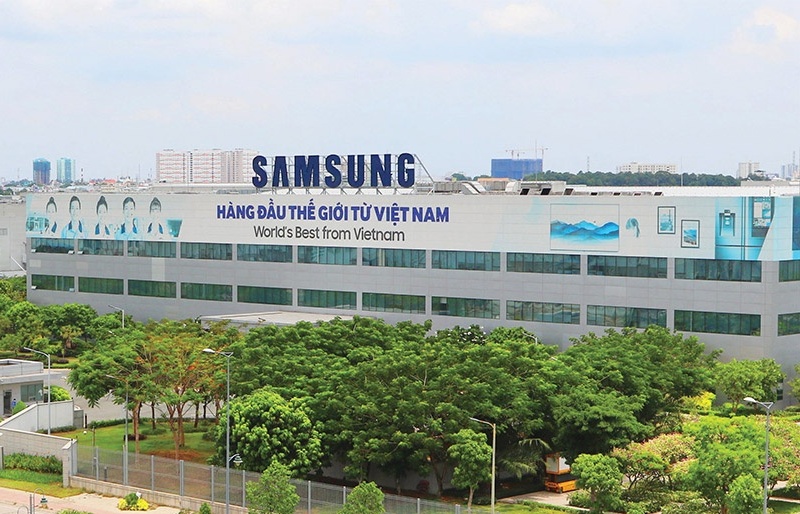


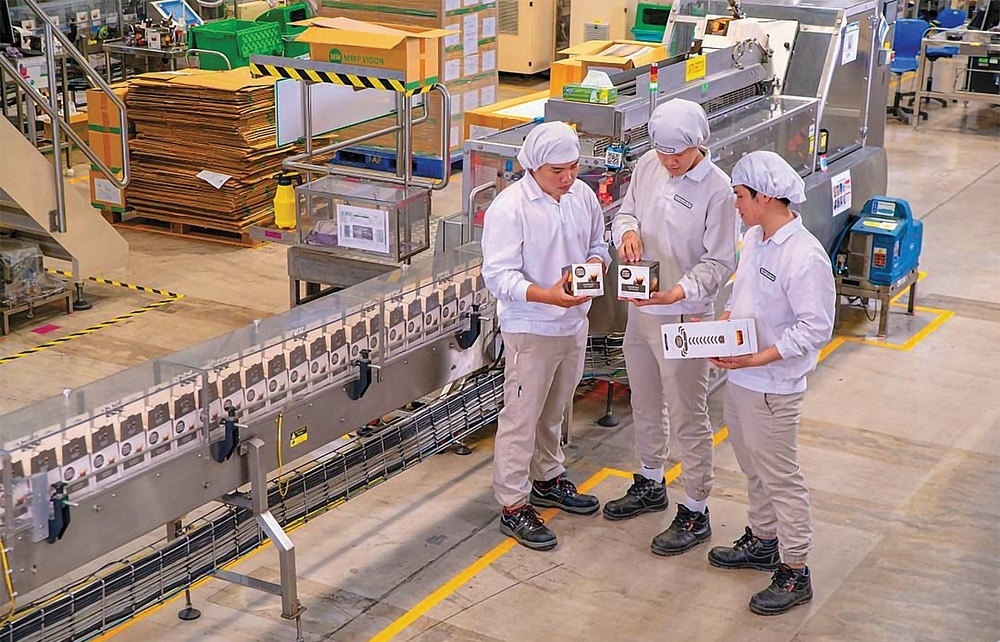








 Mobile Version
Mobile Version